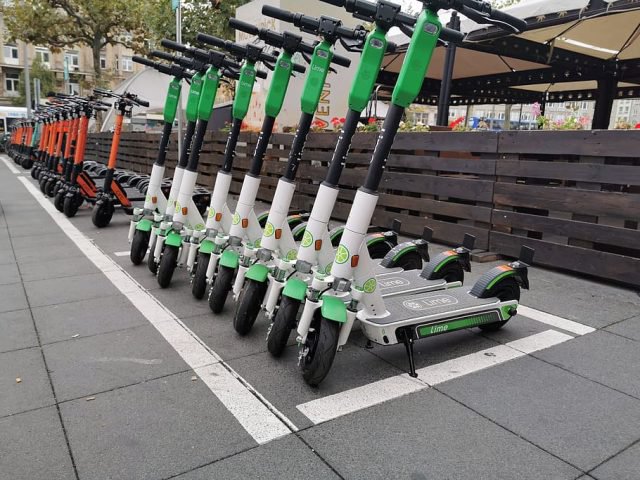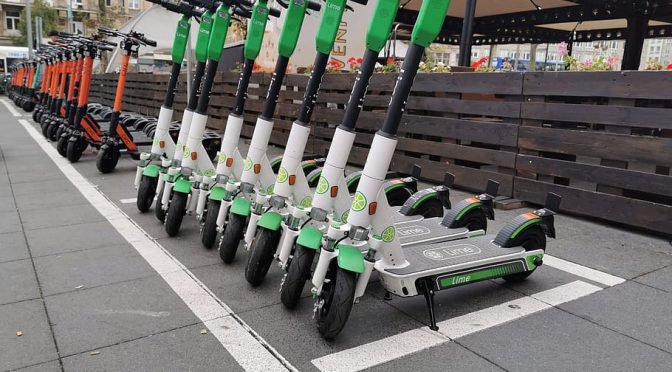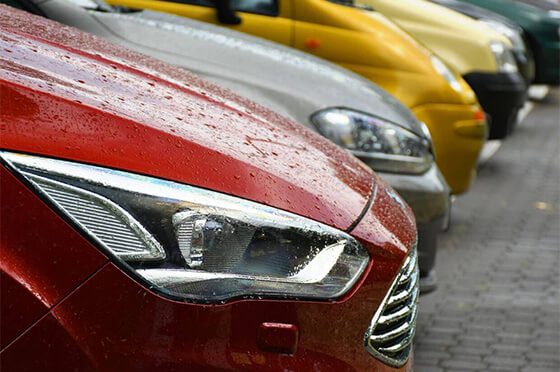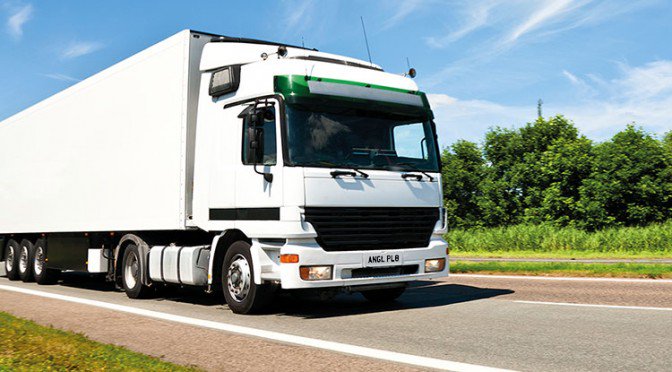As the Government and society in general seek to reduce the UK’s carbon footprint, particularly within cities and heavily urban areas, they are exploring alternative methods of transport. The Department for Transport’s own ‘E-Scooter trial guidance’ states:
“to support a ‘green’ restart of local travel and help mitigate reduced public transport capacity, the DfT is fast tracking and expanding trials of rental e-scooters. E-scooters offer the potential for fast, clean and inexpensive travel that can also ease the burden on transport networks and allow for social distancing”
E-scooter trials: guidance for local areas and rental operators - GOV.UK (www.gov.uk)
What is an e-scooter?
Electrical scooters, also known as e-scooters, are categorised as “powered transporters” by the Government and therefore fall into the legal definition of a “motor vehicle”. The laws and rules that apply to motor vehicles also apply to powered transporters, i.e. the Road Traffic Act 1988, Highway Code etc.
It is not illegal to buy or own an e-scooter, or other form of powered transporter, but it is illegal to use an e-scooter:
- On a public road without complying with a number of legal requirements – registration, tax, insured against third party risks, driving licence and meeting relevant safety standards – which potential users will find very difficult to meet
- In spaces that are set aside for use by pedestrians, cyclists and horse-riders; this includes on the pavement and in cycle lanes
Any person who uses an e-scooter on a public road, or other prohibited space, is potentially committing a criminal offence and can be prosecuted.
It is legal to use a powered transporter on private land as long as it is with the permission of the land owner.
Rental e-scooter trials
A number of e-scooters trials have been established in local authority areas, mainly cities, to evaluate their impact and establish safe operating models.
The primary aim of the evaluation is to build robust evidence about the safety, benefits, public perception and wider impacts of e-scooters, in order to inform the legal changes that may be necessary after the trial period ends.
For the trials to take place the Government has had to amend existing regulations, to permit usage on some of the spaces that they would otherwise be banned from use, i.e. shared used footway, designated cycle paths, etc.
So, what are the risks?
There are a number of parties that have to be considered when discussing the risks associated with the use of e-scooters, and these risks will vary depending on the particular role that they have in the use of the e-scooter:
E-scooter rental operator
The rental operator will have to ensure that all technical requirements, in respect of the supply, design and construction of the vehicle are met - https://www.gov.uk/government/publications/e-scooter-trials-guidance-for-local-areas-and-rental-operators/e-scooter-trials-guidance-for-local-areas-and-rental-operators#annex
They will also have to have appropriate insurance in place – motor insurance requirements apply to e-scooter operators, therefore a minimum of third-party cover is required, with the explicit inclusion of an indemnity to the user/hirer.
There are a number of safety issues, which the operator will have to demonstrate they have appropriately considered and addressed, including but not limited to:
- Suitable levels of servicing/maintenance and vehicle hygiene arrangements
- Vehicles deployed meet the prescribed standards (as per the previous link)
- Appropriate training must be offered to users
- Prevention of tampering to speed limiting devices
- How wearing of protective headgear will be encouraged
- The use of automatic vehicle lights where possible
The records associated with these risk mitigation actions and decisions will need to be readily accessible and regularly reviewed.
Local highway authority / trial participating council
The code of practice, ‘Well-managed Highway Infrastructure (WMHI)’, places a duty on the highway authority to consider how it manages its network in the context of the different types of user that may access it. Specific attention must be paid, and consideration given, to ‘vulnerable’ road users, such as pedestrians and cyclists.
The users of e-scooters will fall into this category, i.e. vulnerable road user, so the highway authority would be best advised to review and reassess its own policies and procedures, which should align to the principles laid out in WMHI, and update them to reflect this emerging risk.
As an example, an e-scooter user being thrown off into the path of a vehicle, even when wearing a a helmet, can suffer traumatic injuries. Should it subsequently be established that the condition of the carriageway surface was a contributory factor, and the court’s view is that the authority should have interceded/intervened to prevent the user being exposed to that hazards, the authority may find itself being found liable to pay compensation for the injuries arising.
When determining whether the surface condition could give rise to an unacceptable level of risk to this type of vulnerable user, the authority will need to consider a number of contributing factors, including:
- Dimensions
- Position in the carriageway/cycleway
- Debris
- Standing water
- Other road users – at risk or presenting risk
- Lighting Debris
- Other hazards in the area, e.g. proximity to large drop offs
- Junctions and crossings
- Gradient and the potential impact on speed
- Demographic of user
- Incident/claims history of the location.
They will then need to decide:
- Is the hazard a danger to traffic, including the most likely vulnerable class of road user?
- What is the level of risk and what action is to be taken? If there is no action to be taken this will have to be recorded and justified.Demographic of user
All of these risk factors and risk evaluation should then be used to establish the network hierarchy and inspection frequencies of future planned maintenance.
E-scooter users/hirers
To hire one of the rental e-scooters in a trial area, users will need to hold a full or provisional UK driving licence, with a category Q entitlement listed.
Reminder – it is only legal to use an e-scooter on public access land, including the highway, in the areas currently running the trials and the scooter must be rented from the approved rental partner.
Use of a private e-scooter on public access land could result in:
- A Fixed Penalty Notice for no insurance, with a £300 fine and six licence penalty points, and/or;
- A Fixed Penalty notice for no driving licence, up to £100 fine and three to six penalty points.
The e-scooter rental operator will arrange the insurance, providing cover for any third party liability that you may incur. The cover is unlikely to include own personal injury, unless specified and paid for separately as an option, so you should consider whether you have adequate personal accident cover elsewhere that would cover the activity.
Most rental schemes use a smartphone app to reserve, book and pay for the hire of an e-scooter. However, as with driving, you should not use your smartphone while actually riding as this may be deemed an offence and is subject to a fine and penalty points on your driving licence.
The police have indicated that they will also take action against poor or dangerous rider behaviour in general, whether private or rental. Possible offences include:
- Riding on a footway: Fixed Penalty Notice, £50 fine
- Riding through red lights: Fixed Penalty Notice, £100 fine and possible penalty points
- Drink driving offences: As with driving other motor vehicles; court imposed fines, driving ban and possible imprisonment
We would always recommend the wearing of suitable safety protection, particularly a correctly fitted and fitting helmet, when riding an e-scooter.
As with other road vehicles, the rules and guidance laid out in the Highway Code apply at all times, and you should remain conscious of your own compliance with these and aware of how your behaviour affects other road users.








